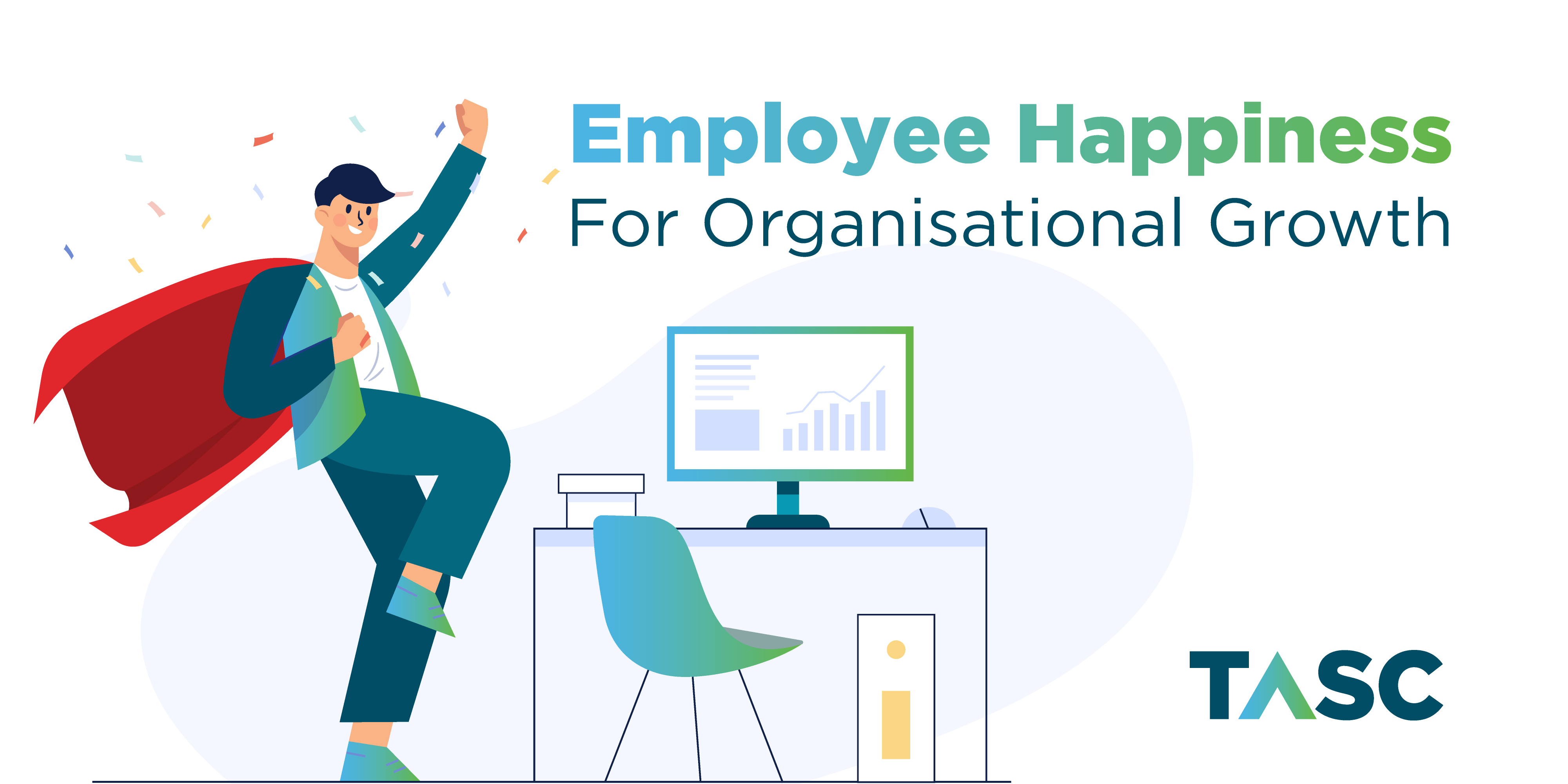5 Ways to Create Employee Satisfaction
Let’s all be real here. Employee Satisfaction can be difficult to attain especially since human needs are becoming harder to accommodate for companies due to many factors that affect people’s lives daily. Studies have shown that in this day in age, employees are expected to be treated like consumers to retain them according to experts. For each of us to be satisfied, Maslow identified five primary needs: physiological necessities (food, water, shelter), security, love and belonging, esteem, and self-fulfillment.
As businesses continue to change and evolve at a rapid pace, considering the ongoing COVID-19 virus which altered the way the world operates, as well as people’s lives and of course, businesses. But how would you define employee satisfaction? Why does it matter? And how does it impact a company or business?
What is Employee Satisfaction?
Employee satisfaction is an indicator of how happy a worker is with their position, the workplace, and the general company culture. Employee satisfaction levels are influenced by a wide range of factors, including pay, non-cash rewards, and career opportunities (to name just a few). High levels of workplace satisfaction keep workers motivated to perform well in their positions and prevent burnout. Most businesses have no trouble grasping the idea of employee satisfaction, but many have trouble comprehending why it’s so crucial and how to maintain high levels of employee satisfaction.
Importance of Employee Satisfaction
There is no question that a company’s most asset is a strong workforce. Keeping employees content benefits a business in several ways, including:
- Lower Turnover - One of the biggest expenses related to the HR department is turnover. Retaining employees improve the workplace, makes it simpler to find qualified candidates, and helps you save money. The final line: contented workers tend to be far less inclined to leave their jobs.
- Higher Productivity - Employees who express high job satisfaction typically produce more work, regardless of their position title or pay grade.
- Increased Profits - Maintaining employees’ safety and happiness may result in increased sales, less expenses, and a healthier bottom line.
- Loyalty - When employees believe their organization has their best interests in mind, they frequently support its mission and put out a lot of effort to help it accomplish its goals. Furthermore, they could be more inclined to inform their friends, which promotes goodwill.
What are the Ways to Create Employee Satisfaction?
- Cultivate a Positive Culture
Managers should think about how to successfully create a positive corporate culture to properly ensure that employee job satisfaction is being obtained. Numerous favourable organizational cultures can influence employee work satisfaction in a good way. Making sure organization workers understand they can talk honestly and openly with one another is one specific technique to do this. The goal is for managers to endeavour to foster an environment that promotes honest and constructive relationships among staff members. Employees may discover that any questions they may have had about the workplace may be quickly addressed through open communication amongst co-workers if this goal is successfully attained.
- Recognise and Reward
Rewarding and recognizing employees at work is a generally effective technique to guarantee that organizational managers are successfully increasing employee job satisfaction. Employees may first start to feel more content with the company when they receive awards and recognitions that go beyond the standard cash compensation they receive for their efforts. This satisfaction is closely related to gains in staff motivation and output, both of which are continually sought after by managers. Employees will similarly likely want to receive the same or similar recognition and reward again when they receive rewards such as bonuses for the hard work they have put in or even recognition such as a large positive employee feedback statement that is given for the achievement of completing a difficult project. This will then demonstrate an employee's motivation to keep working hard to receive the reward or recognition again, which may be associated with a rise in job satisfaction as the person grows content with the tasks they are accomplishing.
- Offer Flexibility
Offering employees work flexibility becomes crucially important to guarantee that managers are successfully increasing employee job happiness. Managers should pay close attention to whether an employee will feel more and more content with the task they are doing if their schedule is made more and more flexible. In other words, the employee could be permitted to start or end work later owing to potential issues with their regular travel. Managers may see an improvement in employee job satisfaction levels when this is successfully ensuring employees are happy with the work, they produce due to their flexible work schedules. Additionally, flexibility is crucial in preserving the employee's work-life balance to achieve a rise in job satisfaction levels. Employees may believe that certain organizations are particularly rigid when they require them to labour at hours that are not routinely planned for them. Therefore, it becomes crucial for managers to respect workers' time off work to promote job satisfaction as well as to preserve the employee’s well-being. It will guarantee employees don’t feel overwhelmed or are going through burnout by offering them work particularly during working hours and not outside.
- Career Development
By considering workers’ career growth, managers may further demonstrate their commitment to enhancing employee job satisfaction. When a new employee joins a company, they are trying to advance their professional careers by acquiring the information, abilities, and resources required to develop as employees. Likewise, it becomes crucial for managers to acknowledge this and help staff members advance their careers. Investing in training activities is one efficient strategy that management may wish to use to make sure they are advancing the careers of employees. When an organization invests wisely in training programs tailored to a particular employee, that individual will feel valued by the company and likely see an improvement in work satisfaction.
- Conduct Surveys
Finally, managers may use employee surveys to effectively raise employee work satisfaction levels. Surveys are a very helpful tool that may help managers learn how employees feel about particular organizational activities. Additionally, surveys offer vital information about indicators that managers would probably want to recognize and address at work. Managers may choose to use a poll like a pulse survey specifically to boost employee job satisfaction. Employees are periodically surveyed via pulse surveys on a range of topics that may be utilized to particularly address any work satisfaction issues that may exist. It's interesting how a Human Resource Information System (HRIS) may be used to conduct related surveys entirely online thanks to the advancement of technology.
Here's How We Can Help
Employee satisfaction is critical for businesses – there’s simply no way around it. If you can’t find the time or internal resources to invest in employee satisfaction, consider outsourcing it to an agency like TASC Outsourcing that specializes in finding top level candidates with the highest level of motivation.
Today, we’ve grown into one of the region’s leading recruitment, staffing and HR service providers. Working in collaboration with some of the region’s biggest names (and some of its newest). And with a fresh new look to help us stand out in the crowd.
We can help you stand out, too. Our comprehensive suite of business services – everything from contract staffing and permanent recruitment to HR management, payroll outsourcing, and offshoring – has been designed to increase your business efficiency while lowering costs. By doing so, you free up your team to focus on other pressing matters while ensuring that employee satisfaction remains a top priority.

.jpg)




